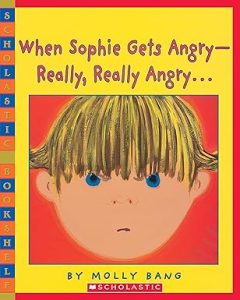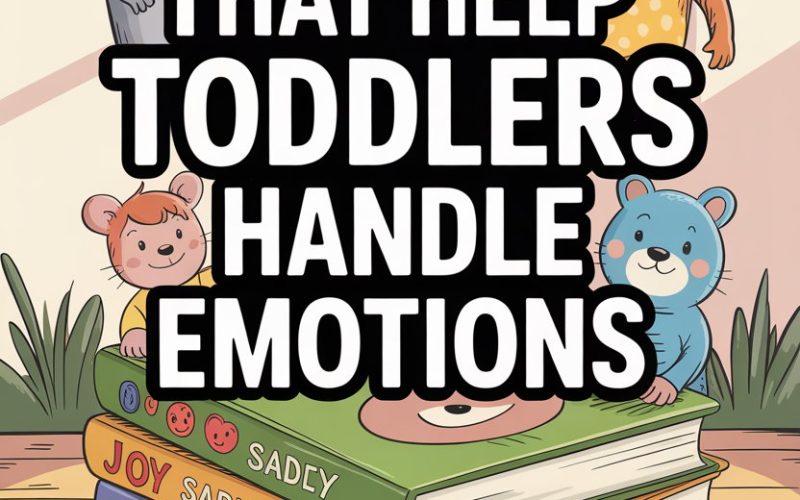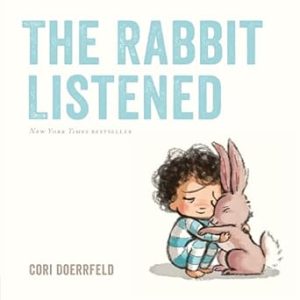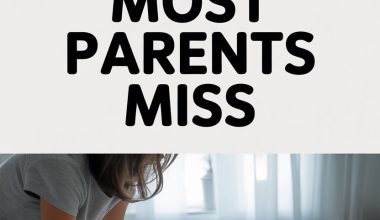Toddlers have big feelings wrapped up in very small bodies—and sometimes those feelings come out as epic meltdowns in the supermarket or a suspiciously quiet “art project” made entirely of toothpaste and your mascara.
Helping them make sense of those tidal waves of emotion is a lifelong gift (and, let’s be honest, it might save your white couch).
The good news? You don’t need a degree in child psychology or a secret stash of magical fairy dust. Sometimes, the right book at bedtime can do wonders.
Here are five standout picture books that have earned a permanent spot on the family bookshelf—and could seriously boost your little one’s emotional smarts.
1. The Color Monster: A Story About Emotions by Anna Llenas
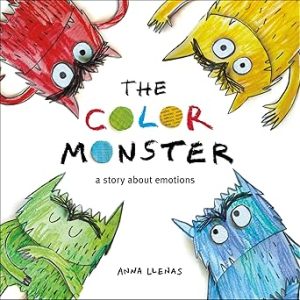
Ever wish emotions came with a colour chart?
The Color Monster does exactly that. This beautifully textured pop-up book introduces a little monster whose emotions are all jumbled up.
Each feeling is linked to a colour: yellow for happiness, blue for sadness, red for anger, and so on.
As the monster sorts out his feelings with the help of a friend, little readers learn it’s perfectly normal to experience lots of different emotions—and that naming them is the start of making sense of them.
Paediatricians and early childhood educators rave about the power of emotional labeling, a tool that helps even the youngest children begin to manage big feelings.
According to the University of Michigan Health, naming emotions out loud helps kids feel understood and less overwhelmed.
What’s wonderful about The Color Monster is its versatility.
During the story, you can pause and ask, “Which colour do you feel like today?”—then marvel as your toddler earnestly tells you, “I’m purple!” (which, in our house, means ‘hungry and a bit annoyed that dinner is vegetable-based’).
2. When Sophie Gets Angry – Really, Really Angry by Molly Bang
